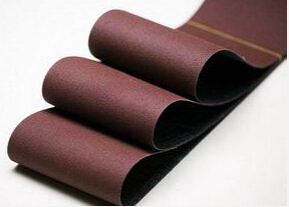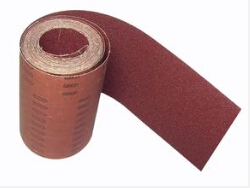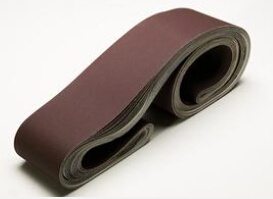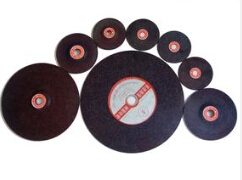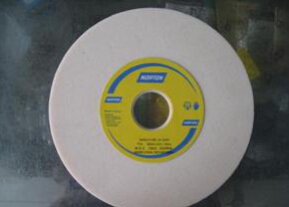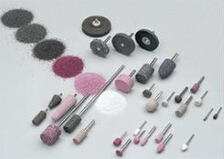Development Trends of White Fused Alumina and Prospects for the Second Half of 2023
Zhongsen Editor 2023-08-27White Fused Alumina is made from industrial alumina powder, which is melted and smelted at high temperatures above 2000 ℃ in an electric arc furnace, cooled and crystallized to obtain white Fused Alumina ingots.
1. Classification comparison
Brown Fused Alumina and white Fused Alumina are also used as the main abrasives, and their main components are both alumina. The main differences are in the content, raw materials, uses, composition, color, and operating policies of alumina. At present, the overall production of brown Fused Alumina is higher than that of white Fused Alumina, mainly due to the slightly higher cost compared to white Fused Alumina.
2. Abrasive applications
Abrasives can be divided into natural and artificial abrasives based on their composition and performance. Natural abrasives are naturally formed, and their cost and physical properties are difficult to control. They generally have low hardness, uneven crystal structure, and poor grinding performance. Common natural abrasives in industry include natural Fused Alumina, tunnel stone, quartz, garnet, and diamond. Artificial abrasives are the most widely used abrasives in industry, mainly including brown Fused Alumina, white Fused Alumina, green silicon carbide, and black silicon carbide. At present, China can produce more than ten types of abrasives, among which the Fused Alumina series abrasives are mostly derived from brown Fused Alumina and white Fused Alumina.
The upstream of white Fused Alumina is mainly prepared from aluminum oxide powder, which is greatly affected by the overall fluctuation of alumina price. At the same time, due to the fact that white Fused Alumina can be replaced to produce brown Fused Alumina to a certain extent, it has a certain impact on brown Fused Alumina. In the first half of this year, the white alumina market began to be in a downturn after a period of stability. Affected by weak downstream demand and the continuous fluctuation and decline in raw material alumina prices, white alumina lacks price support. In the second half of the year, the adjustment of raw alumina will provide some cost support for white alumina, but the supply-demand contradiction is still the main factor restricting the price of white alumina. If there is no significant increase in raw material prices, the white alumina market is likely to operate steadily and weakly.
From the cost-profit analysis of domestic white alumina, the price of industrial alumina first rose and then stabilized in the first quarter, and continued to decline slightly in the second quarter until the price began to stabilize in mid to late June. With the stability of alumina prices, the white alumina market is gradually returning to rationality, and enterprise quotations are beginning to stabilize, and white alumina profits may have a positive trend.
In the first half of the year, there was sufficient supply, but market demand was weak. Both domestic and foreign markets have shown lackluster performance.
Market outlook for the second half of 2023
The supply of white Fused Alumina in the second half of 2023 remains sufficient. Although it may enter the environmental protection season after National Day, the fourth quarter is still an important procurement season for foreign markets. Although staggered production in autumn and winter has become a common practice, and furnaces in various regions may be shut down, currently it appears that various factories have sufficient inventory. Especially before the heating season, companies will have sufficient inventory to meet customer demands, so the supply of white alumina is still sufficient. Based on this, there are still expectations for the overall demand of the white Fused Alumina market in the second half of the year.
According to past practices, limited production in the autumn and winter seasons will lead to weak overall demand for domestic white alumina, and there will be slight fluctuations in the operating rate of domestic white alumina furnaces. However, the current white alumina market has severe overcapacity, and there will be no shortage of white alumina supply in the short term, making it difficult to alleviate the mismatch between supply and demand of white alumina. In terms of raw materials, alumina futures were listed at the end of June, boosting market confidence and stabilizing alumina prices. There is room for further growth in the future. It is expected that the white alumina market will steadily consolidate and operate in the second half of this year.

